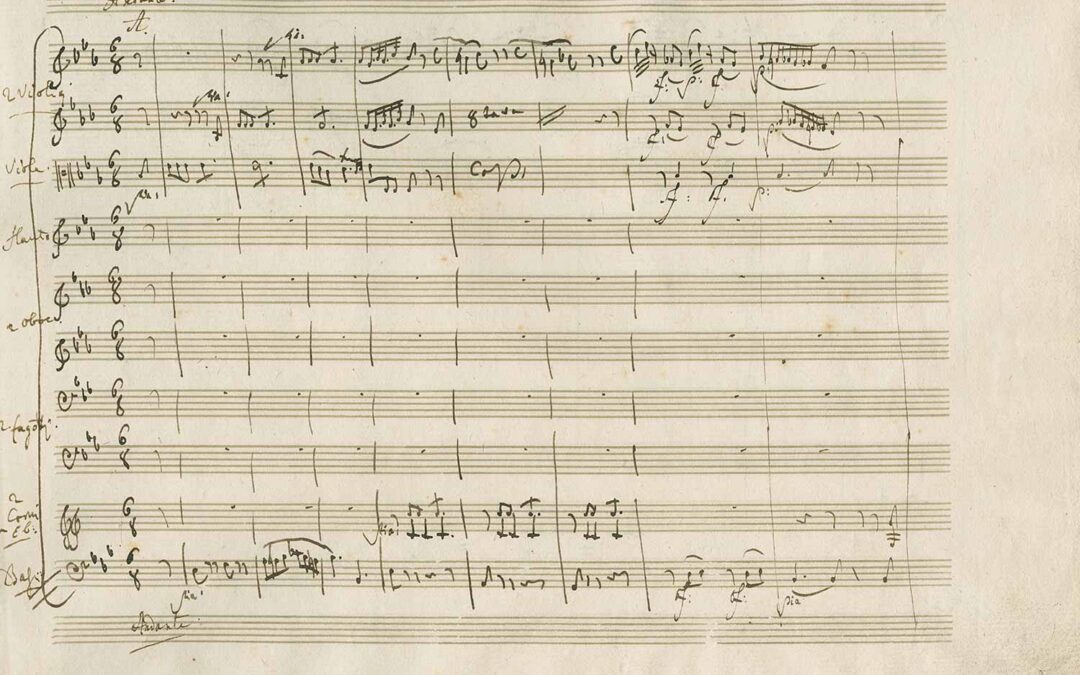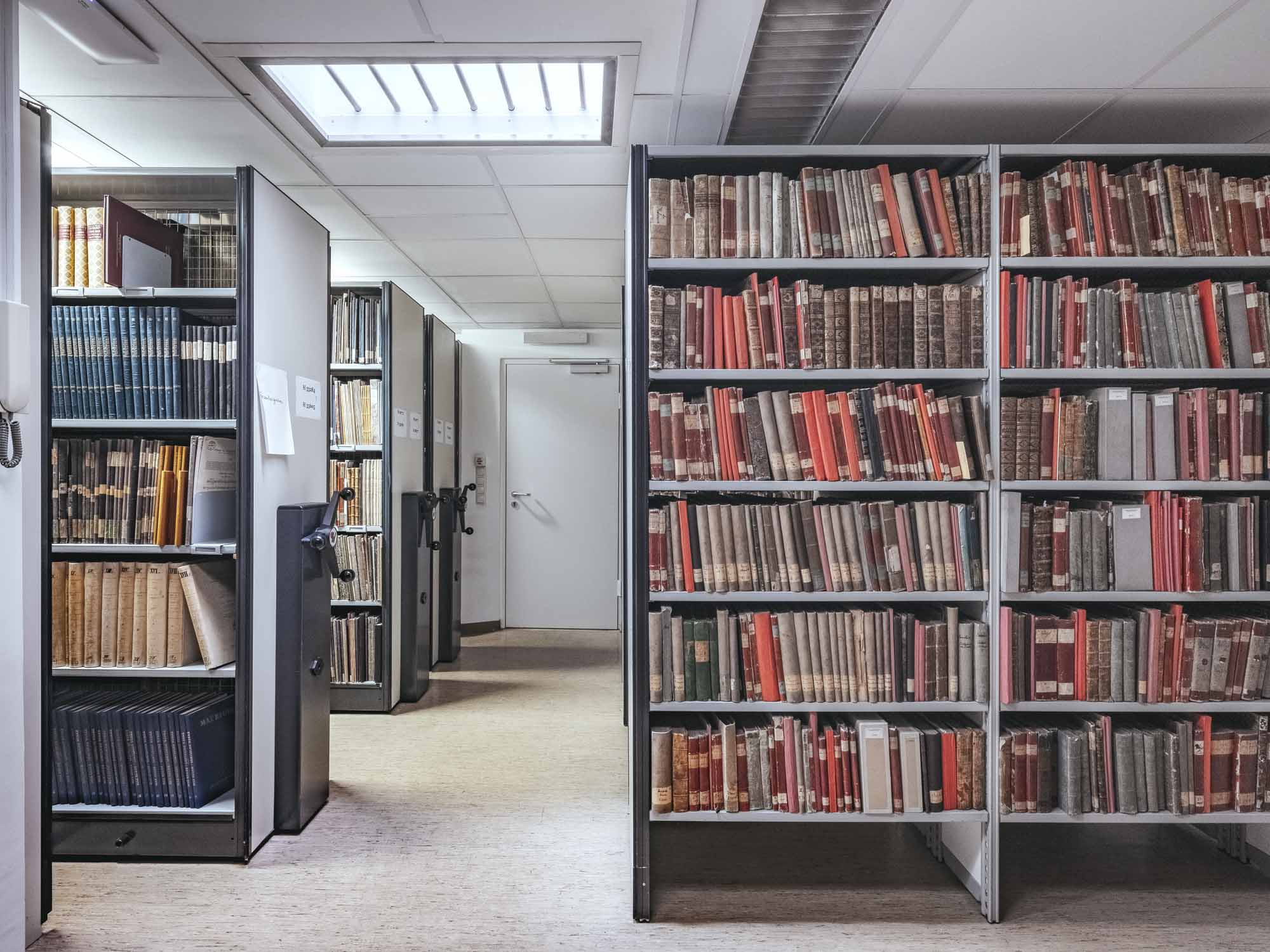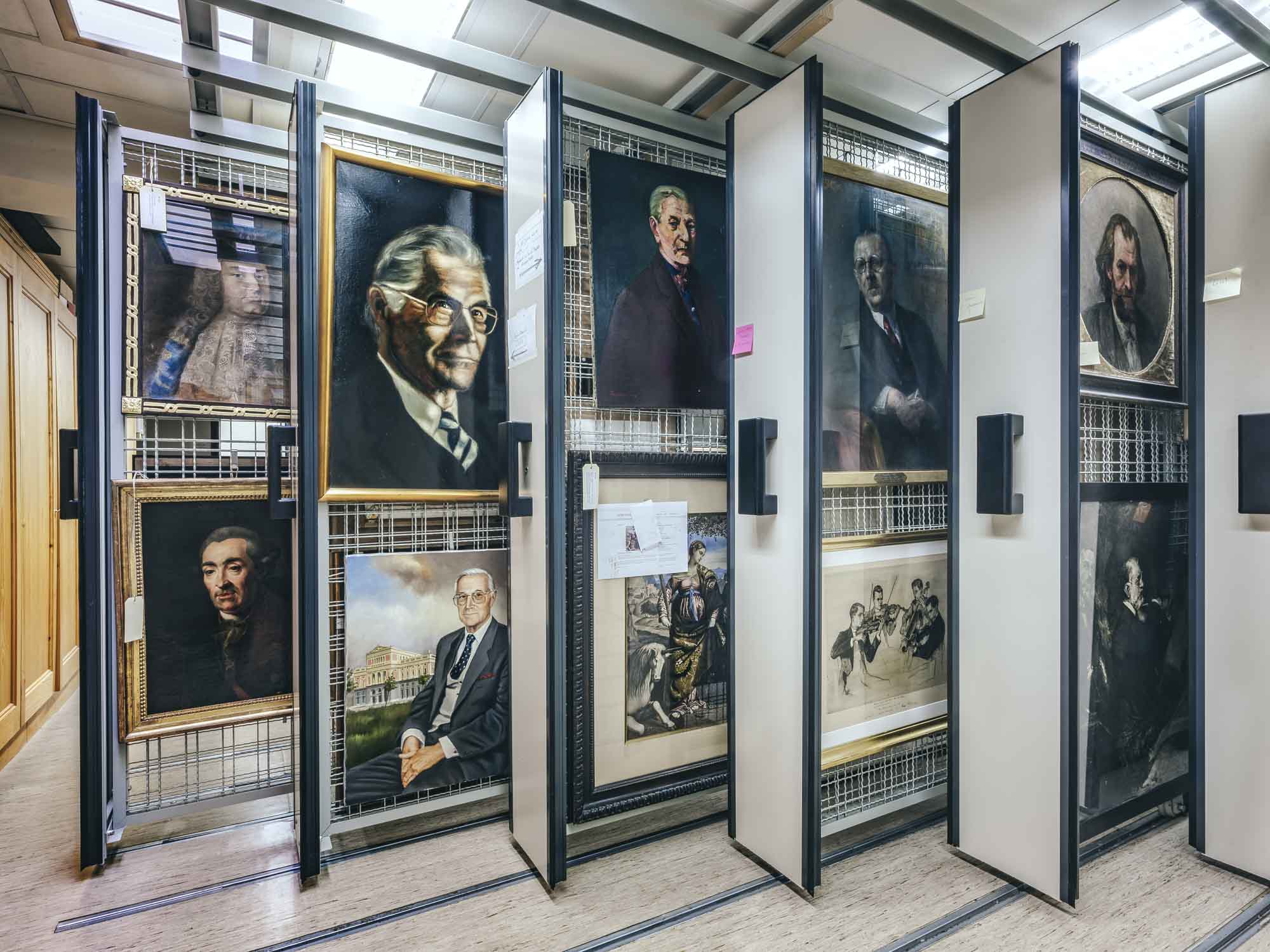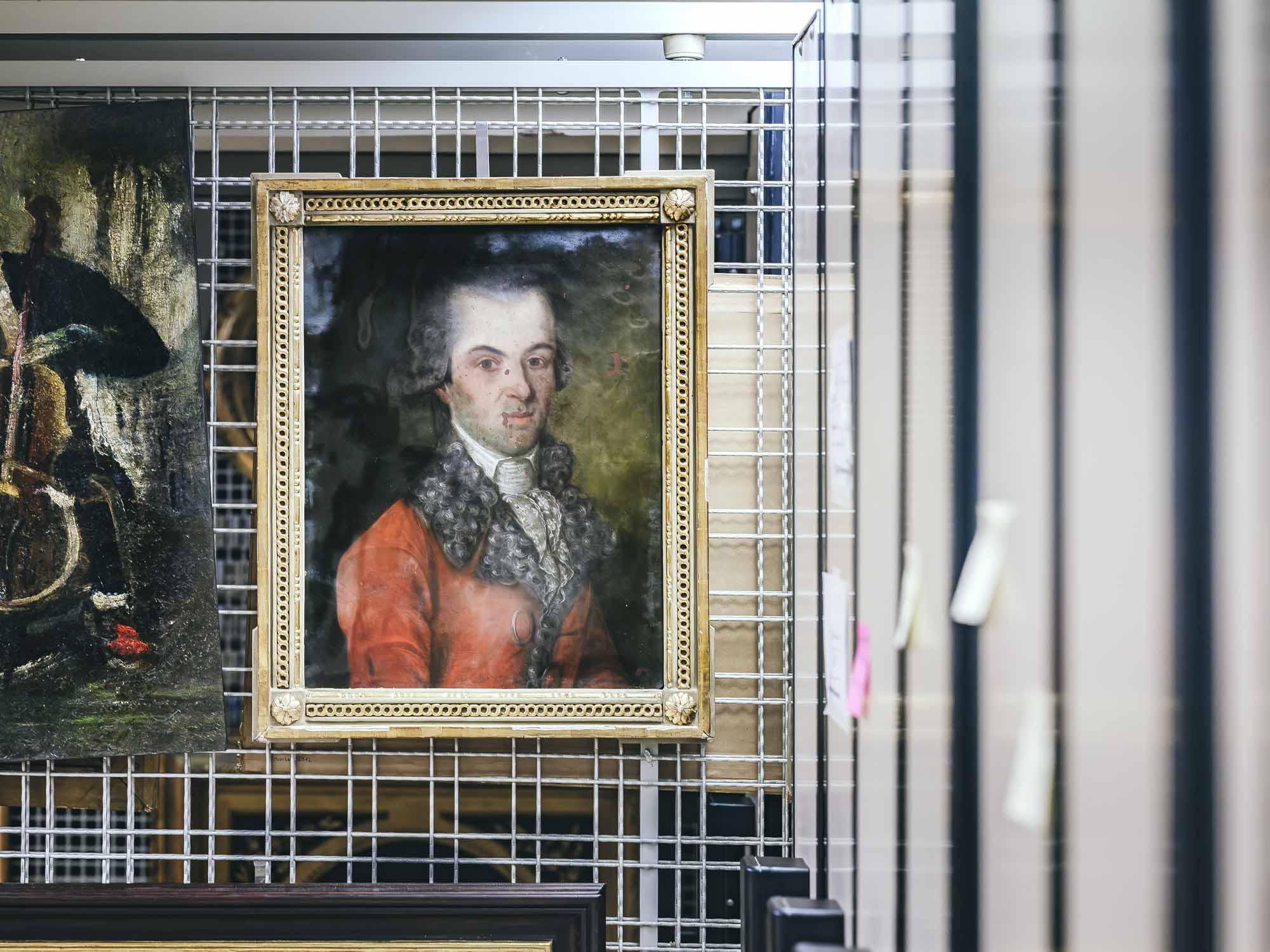Mozart’s Symphony No. 40
Mozart composed his last three symphonies, K. 543, 550 and 551, within a few weeks in the summer of 1788. Based on the dated entries in his catalogue of works, it can be assumed that Mozart probably only needed a month to compose the G minor symphony. Even if sketches or other preparatory work may already have existed, this is an impressive achievement. It is also remarkable how quickly the work was composed given the absence of any reason for haste or any evidence to suggest that the piece was commissioned.
It is also unclear when the premiere took place, presumably at a private concert by the music lover and librarian Gottfried van Swieten in the composer’s presence. In any case, there is evidence of the performance at two academies – as the public concerts were called at the time – of the Tonkünstler-Societät in April 1791. The Tonkünstler-Societät was a kind of pension association intended to raise money for widows and orphans of musicians. Incidentally, the two concerts were conducted by Antonio Salieri, who later became closely associated with the Gesellschaft der Musikfreunde.
The symphony score was in Mozart’s estate, which his widow administered. In 1799, she sold the symphony with a large bundle of autographs to Johann Anton André, a publisher in Offenbach/Rhine. André tried to sell the autographs in 1841 but was unsuccessful.
Change of scene. In 1864, Johannes Brahms and Clara Schumann performed Brahms’ Piano Quintet op. 34 in a version for two pianos for Princess Anna of Hesse. Brahms also dedicated the arrangement to the princess. – In return Anna von Hessen wanted to express her gratitude to Brahms with a gift. Clara Schumann, who knew of Brahms’ interest and passion for collecting, is said to have remembered that the Mozart autographs were for sale and advised the princess to do so. Anna von Hessen acquired the symphony and presented it to Johannes Brahms as a gift. The autograph was subsequently bequeathed to the Gesellschaft der Musikfreunde by Brahms.
© Gesellschaft der Musikfreunde in Wien
Brahms was a passionate collector. His music library consists of hundreds of volumes, including a complete edition of Johann Sebastian Bach’s works, rare manuscripts of Domenico Scarlatti’s piano sonatas, and several unique music autographs. Mozart’s autograph shows that Brahms wanted to own the music and studied it in detail. In the score, which is very neatly executed, Mozart makes a small scribal error: a single note was written down incorrectly. Brahms corrected this error by crossing it out in pencil.
General Information
Use of the archive
Welcome to the archive: Find out how you can access valuable resources and expand your knowledge.
Scientific inquiries
Optimize your scientific knowledge – Explore archive resources for academic applications.
Opening hours
Plan your visit: Find out more about our current opening hours and availability.






